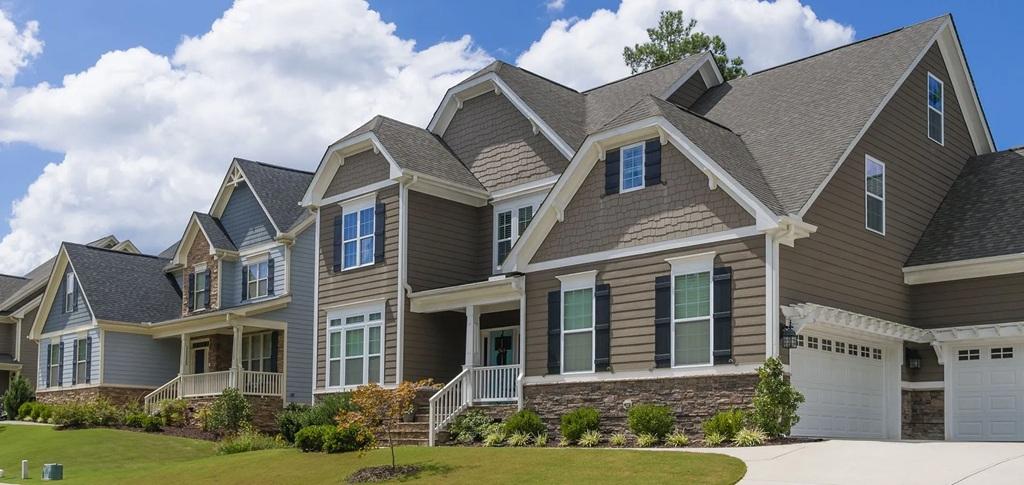Notifications

5 minutes, 8 seconds
-9 Views 0 Comments 0 Likes 0 Reviews

Your roof is one of the most essential components of your home, offering protection from the elements and maintaining energy efficiency. Over time, weather damage, wear and tear, or age may leave you wondering whether you need a roof repair or a full roof replacement. Choosing the right option can save you money, time, and stress. This guide will help you understand the differences, benefits, and signs to look for so you can make the most informed decision for your property.
Roof repair is typically ideal when the damage is localized or minimal. If your roof is relatively new and has experienced issues such as missing shingles, minor leaks, or storm damage in a small area, repairs may restore it to optimal condition.
Signs you may need roof repair:
Water stains on the ceiling
Missing or cracked shingles
Minor flashing damage
Small leaks or isolated mold patches
Roof repair is usually faster and more cost-effective than full replacement, but it’s essential to act quickly before small issues turn into major problems.
A roof replacement involves removing the old roofing material and installing new layers. This is a more comprehensive solution and may be necessary when your roof has widespread damage or is reaching the end of its expected lifespan.
Common signs you need roof replacement:
Sagging roof structure
Multiple persistent leaks
Shingles losing granules or curling
Mold or rot in the attic
A roof over 20 years old
Though more expensive upfront, replacing your roof can add value to your home, improve energy efficiency, and provide long-term peace of mind.
Roof repair costs can range from $150 to $1,500 depending on the issue.
Roof replacement typically ranges from $5,000 to $15,000 based on size, materials, and labor.
Keep in mind that repeated repairs can add up quickly, and investing in a full roof replacement might be more economical in the long run.
When opting for roof replacement, material choice plays a big role in longevity:
Asphalt shingles: 15–30 years
Metal roofing: 40–70 years
Tile or slate: 50+ years
If your roof is already made of long-lasting materials and has some life left, roof repair might still be viable. If not, it may be time to upgrade.
Deciding between roof repair and roof replacement ultimately depends on your roof’s age, the extent of the damage, and your long-term goals. Quick repairs can work well for newer roofs with isolated issues, while full replacements are often necessary for older or extensively damaged systems. Either way, maintaining your roof’s integrity is crucial to protecting your home and investment.
Q: How do I know if I need a roof replacement or just repairs?
A: An inspection can reveal whether the damage is surface-level or structural. Age and recurring issues are good indicators that you may need a replacement.
Q: Is it cheaper to repair or replace a roof?
A: Repairs are cheaper upfront, but if you’re making them frequently, a replacement may be more cost-effective long-term.
Q: Can I repair my roof myself?
A: Minor repairs like replacing a few shingles may be manageable for DIYers, but anything more complex should be handled by professionals for safety and effectiveness.
Q: How long does a typical roof last?
A: Asphalt shingle roofs last 15–30 years, while metal or slate can last up to 70 years depending on maintenance.
Q: What is the best season for roof work?
A: Spring and fall are typically ideal due to moderate weather conditions, but emergency repairs may be needed any time of year.

